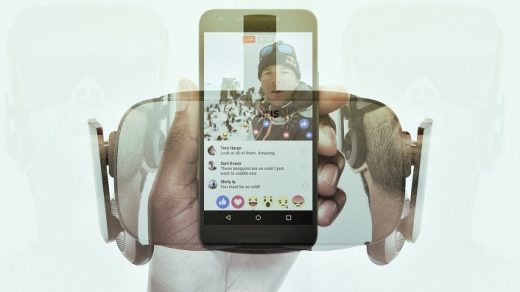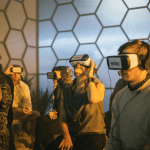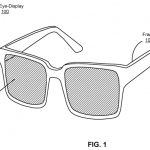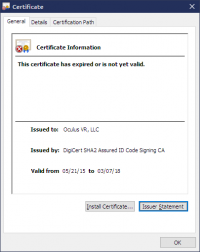Now You Can Broadcast Facebook Live Videos From Virtual Reality
By Daniel Terdiman , July 12, 2017
Facebook Live is coming to virtual reality. Or, more accurately, VR is coming to Facebook Live.
Today, three months after Facebook officially launched its social VR platform Spaces, it is introducing the ability to shoot and broadcast live video from inside Spaces, either to users’ Facebook friends or publicly to the whole world.
The idea is fairly simple. Spaces allows up to four people–each of whom must have an Oculus Rift VR headset–to hang out together in VR. Together, they can talk, chat, draw, create new objects, watch 360-degree videos, share photos, and much more. And now, they can live-broadcast everything they do in Spaces, much the same way that any Facebook user can produce live video of real life and share it with the world.
For Facebook, this is one more move geared toward showing what’s possible in virtual reality, and, hopefully, inspiring more people to try it out and, eventually, buy headsets and VR content. Just this week, for example, Oculus–which Facebook bought in 2012 for what turned out to be $3 billion–announced a temporary $200 price cut on the Rift, lowering the cost of the headset and an included set of Touch controllers to $398.
“The whole point of this,” says Mike Booth, the head of product for Facebook Spaces, “is that this is a social building block. We’re trying to create an ecosystem, and experiment with different things, to come up with fun things to do with each other in social VR. We want to communicate clearly that VR is for everyone….that [everyone] can participate, and see all the awesome things you can do in VR.”
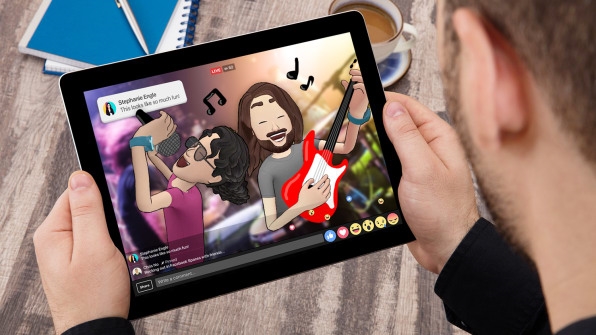
One-To-Many
When Facebook first launched Spaces, it enabled live Messenger video chats between users in VR and those in the real world. That quickly became one of the most popular things people do in Spaces. But that is one-to-one, meaning only one person on the outside could view the video. By implementing full Facebook Live functionality, everyone can tune in, opening up a wide variety of possible interactive scenarios.
For example, Booth talked about people in Spaces playing charades, or Pictionary, with people over Facebook Live. And a video touting the new feature shows a student visiting a computer science teacher during VR office hours, and other students tuning in via Facebook Live to watch the professor explain a complicated function.
That video also showcases how a popular feature of Facebook Live–letting viewers comment in real time–has been expanded into an only-in-VR tool: Those in Spaces can grab a comment and instantly turn it into a sign that everyone watching from the outside can see.
“The point is that right now, a lot of things that people talk about VR [being for], that we can blow up robots, or chase zombies,” Booth says, means “they think of VR being for hard-core gamers. But the killer app in VR is other people.”
That approach, of course, helps to explain why Facebook–the world’s largest social network–would spend billions of dollars on a nascent virtual reality company. Over time, it imagines countless ways that people will utilize VR to communicate and share the moments, and artifacts of, their lives. VR is, Booth says, “the ultimate communication device.”
It will likely be some time before VR is, in fact, that ultimate communication device. Although some analysts have pegged virtual reality as a $38 billion industry by 2026, adoption has been fairly slow, and usage rates even among owners of the five most popular non-Google Cardboard headsets–the Rift, HTC’s Vive, Samsung’s Gear VR, Google’s Daydream View, and Sony’s PlayStation VR–have been fairly low.
According to SuperData Research, consumers had purchased about 7.7 million total of those five VR headsets by the end of the first quarter of 2017. But the Rift was in fifth place, according to SuperData, with 264,000 units sold since launch, compared with 495,000 for its closest competitor, the Vive, 1.18 million for the PSVR, and 5.3 million for the Gear VR, which is powered by Oculus software. Those modest sales numbers may have inspired Oculus to slash the price of the Rift this week.
Of course, Facebook CEO Mark Zuckerberg has cautioned Wall Street to be patient with the adoption of VR, arguing that while people may want virtual reality to quickly become a truly mainstream consumer technology, it could take as much as 10 years for that to happen.
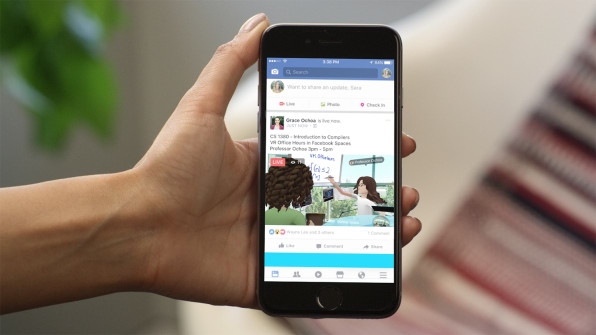
How To Implement Live?
Live video is just one of a large collection of tools at Facebook’s disposal, and Booth says that implementing the feature in Spaces was a fairly quick process. The challenging part, though, was figuring out how to best utilize the tool in VR.
The approach that Facebook’s Social VR team settled on was to give Spaces users a tablet that they can grab and use as their camera. They can move it around, capturing anything and everything that’s going on in VR, even hanging the tablet in “mid-air,” Booth explains, all of which will then be broadcast live. The default is that video is only shared with users’ Facebook friends, but that can be changed to broadcast it to everyone, just as anyone can do with Facebook Live in the real world.
Booth says he’s looking forward to the many unexpected things that Spaces users will do with live video. Already, in tests, many people have used it to share their VR karaoke sessions. “The big reason for me that I’m excited to put [this] out is that it’s another building block” for social VR and the unanticipated ways people use it, Booth says. “I love to be surprised.”
Users of Facebook Spaces, the company’s social VR tool, can broadcast live video just as if they were in the real world.
Facebook Live is coming to virtual reality. Or, more accurately, VR is coming to Facebook Live.
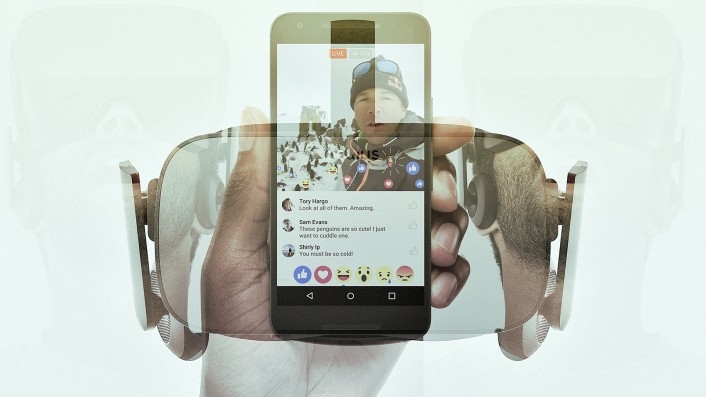
[Source Photos: courtesy of Oculus and Facebook]
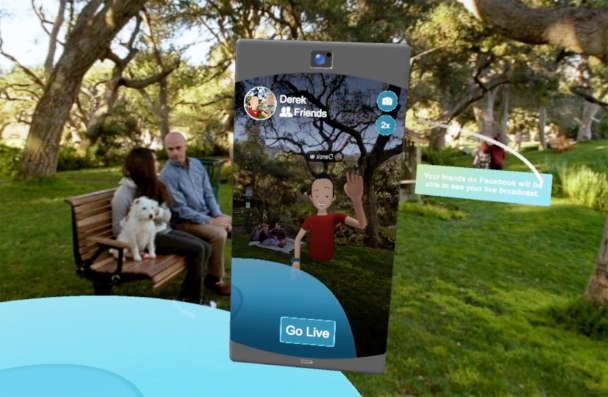
Now You Can Broadcast Facebook Live Videos From Virtual Reality
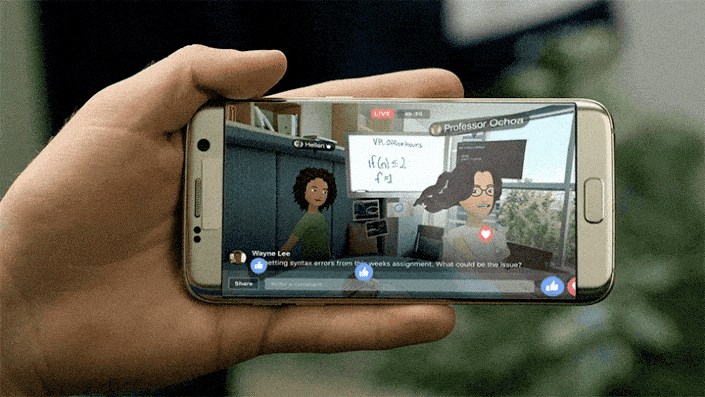
Now You Can Broadcast Facebook Live Videos From Virtual Reality
Fast Company , Read Full Story
(28)

